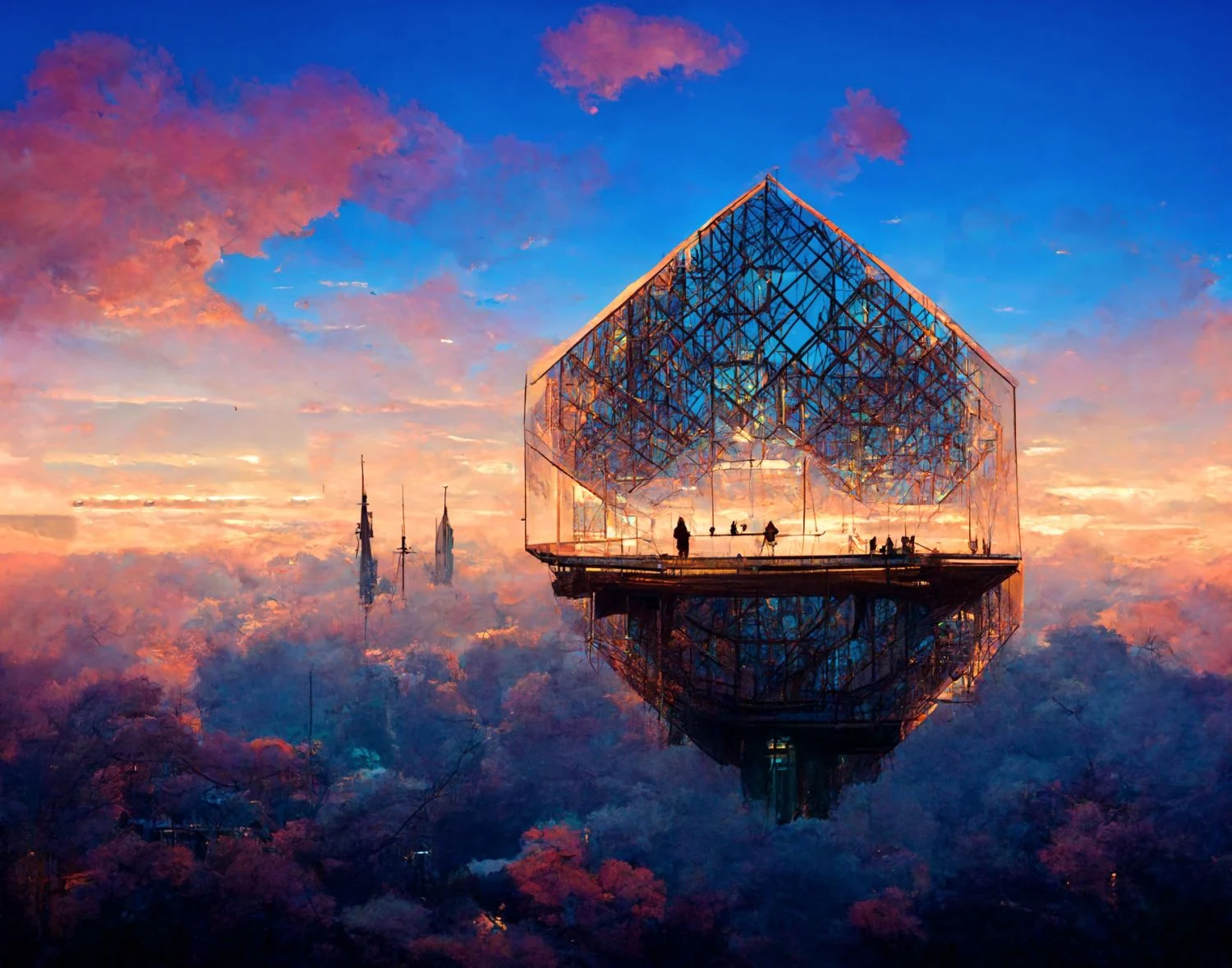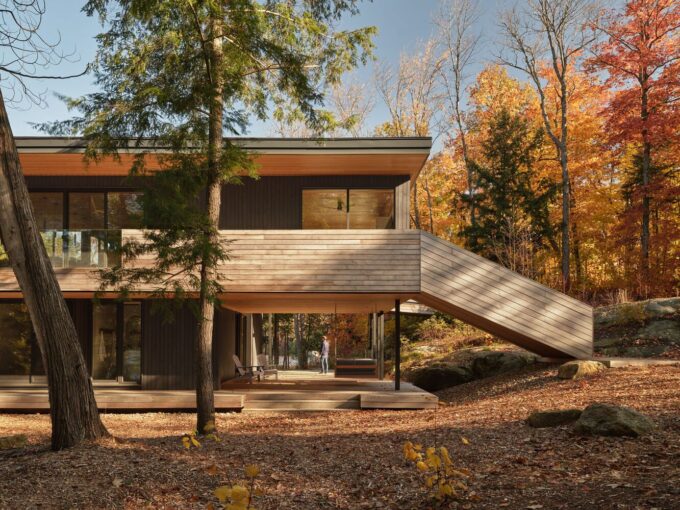- Home
- Articles
- Architectural Portfolio
- Architectral Presentation
- Inspirational Stories
- Architecture News
- Visualization
- BIM Industry
- Facade Design
- Parametric Design
- Career
- Landscape Architecture
- Construction
- Artificial Intelligence
- Sketching
- Design Softwares
- Diagrams
- Writing
- Architectural Tips
- Sustainability
- Courses
- Concept
- Technology
- History & Heritage
- Future of Architecture
- Guides & How-To
- Art & Culture
- Projects
- Interior Design
- Competitions
- Jobs
- Store
- Tools
- More
- Home
- Articles
- Architectural Portfolio
- Architectral Presentation
- Inspirational Stories
- Architecture News
- Visualization
- BIM Industry
- Facade Design
- Parametric Design
- Career
- Landscape Architecture
- Construction
- Artificial Intelligence
- Sketching
- Design Softwares
- Diagrams
- Writing
- Architectural Tips
- Sustainability
- Courses
- Concept
- Technology
- History & Heritage
- Future of Architecture
- Guides & How-To
- Art & Culture
- Projects
- Interior Design
- Competitions
- Jobs
- Store
- Tools
- More
Inside the Minds of the World’s Most Famous Architects
Architecture is more than just designing buildings; it is a creative process that requires a unique blend of vision, skill, and knowledge. The world's most famous architects have left an indelible mark on our cities and landscapes, shaping our built environment in ways that are both inspiring and transformative.

Architecture is more than just designing buildings; it is a creative process that requires a unique blend of vision, skill, and knowledge. The world’s most famous architects have left an indelible mark on our cities and landscapes, shaping our built environment in ways that are both inspiring and transformative. Architecture is the art and science of designing buildings and other physical structures. While designing buildings is a critical aspect of architecture, it is only a part of what the field encompasses. Architects are responsible for creating structures that meet the needs of the people who use them, while also taking into account factors such as sustainability, aesthetics, and cultural significance. To understand the most famous architects’ creative process and what drives them to create iconic structures, we need to explore the minds of these architects.

The Most Famous Architects and Their Minds
Frank Gehry, the Canadian-born architect, is known for his post-modern and deconstructivist style, which is characterized by the use of unconventional materials and the manipulation of form. Gehry’s creative process is driven by a desire to challenge the status quo and to explore the boundaries of what is possible. He has said that he sees architecture as a form of sculpture, and that his buildings are often inspired by the movement and fluidity of music.
Another renowned architect is Zaha Hadid, a British-Iraqi designer who is best known for her organic and futuristic style. Hadid’s designs often blur the boundaries between art and architecture, creating spaces that are as aesthetically striking as they are functional. Her creative process is fueled by a passion for experimentation and a desire to push the limits of what is possible in design. Hadid once said, “I don’t design buildings, I design stories.”

Rem Koolhaas, a Dutch architect, is known for his avant-garde approach to architecture, which often involves incorporating unexpected elements into his designs. Koolhaas’s creative process is driven by a desire to question the norms of architecture and to explore new possibilities. He has said that his work is focused on creating “a new kind of beauty” that is not bound by traditional notions of aesthetics.
Renzo Piano, an Italian architect, is renowned for his minimalist and environmentally sustainable designs. Piano’s creative process is driven by a deep respect for the environment and a desire to create structures that are both functional and environmentally responsible. He has said that his buildings are “landscapes of the mind” that reflect the natural beauty of their surroundings.
Finally, Norman Foster, a British architect, is known for his sleek and futuristic designs, which often incorporate the latest in technological innovation. Foster’s creative process is driven by a passion for efficiency and a desire to create buildings that are both beautiful and practical. He has said that his designs are inspired by the idea of “doing more with less.”
These all most famous architects have a creative process that is driven by a variety of factors, including a desire to push the boundaries of what is possible, a respect for the environment, and a passion for experimentation. Each architect brings their unique vision and style to their work, creating buildings that are not only functional but also inspiring and transformative. To truly understand the minds of these architects, we must look beyond their finished works and delve into the creative process that drives them to create structures that change the way we experience the world around us.

In conclusion, architecture is more than just designing buildings. It is a complex and multi-faceted field that involves a range of considerations and skills, from site analysis and structural engineering to environmental design and urban planning. The world’s most famous architects have mastered these skills and brought their unique vision and creativity to the built environment, leaving an enduring legacy that shapes the way we experience the world around us.
Understand As Architecture Students
Understanding the creative process and the minds of the world’s most famous architects can be valuable for students of architecture. By studying the work of these architects, students can gain insights into the design principles, techniques, and processes that have been successful in creating iconic buildings and structures. This knowledge can inspire and inform their own work, helping them develop their own unique approach to architecture.
Moreover, understanding the minds of these architects can broaden students’ perspectives and encourage them to think outside the box when it comes to designing buildings. By learning about different styles, philosophies, and approaches to architecture, students can develop a more diverse and nuanced understanding of the field, which can be beneficial when working on a wide range of projects.

Submit your architectural projects
Follow these steps for submission your project. Submission FormLatest Posts
The Ultimate Guide to Fencing in North Dakota: Choosing the Best Fence for Your Property
Watching a chain link fence twist in 70 mph winds near Minot...
Gaudí: Where Architecture Meets Science
Gaudí: Where Architecture Meets Science shows catenary arches, ruled surfaces, and biomimicry...
How Housing Market Forces Shape Architectural Design Today
Architecture never exists in isolation. Buildings rise from a mix of ambition,...
Why Portable Formaldehyde Gas Detectors Matter on Construction Sites
As construction practices shift toward more enclosed and material-intensive environments, the risk...












Leave a comment